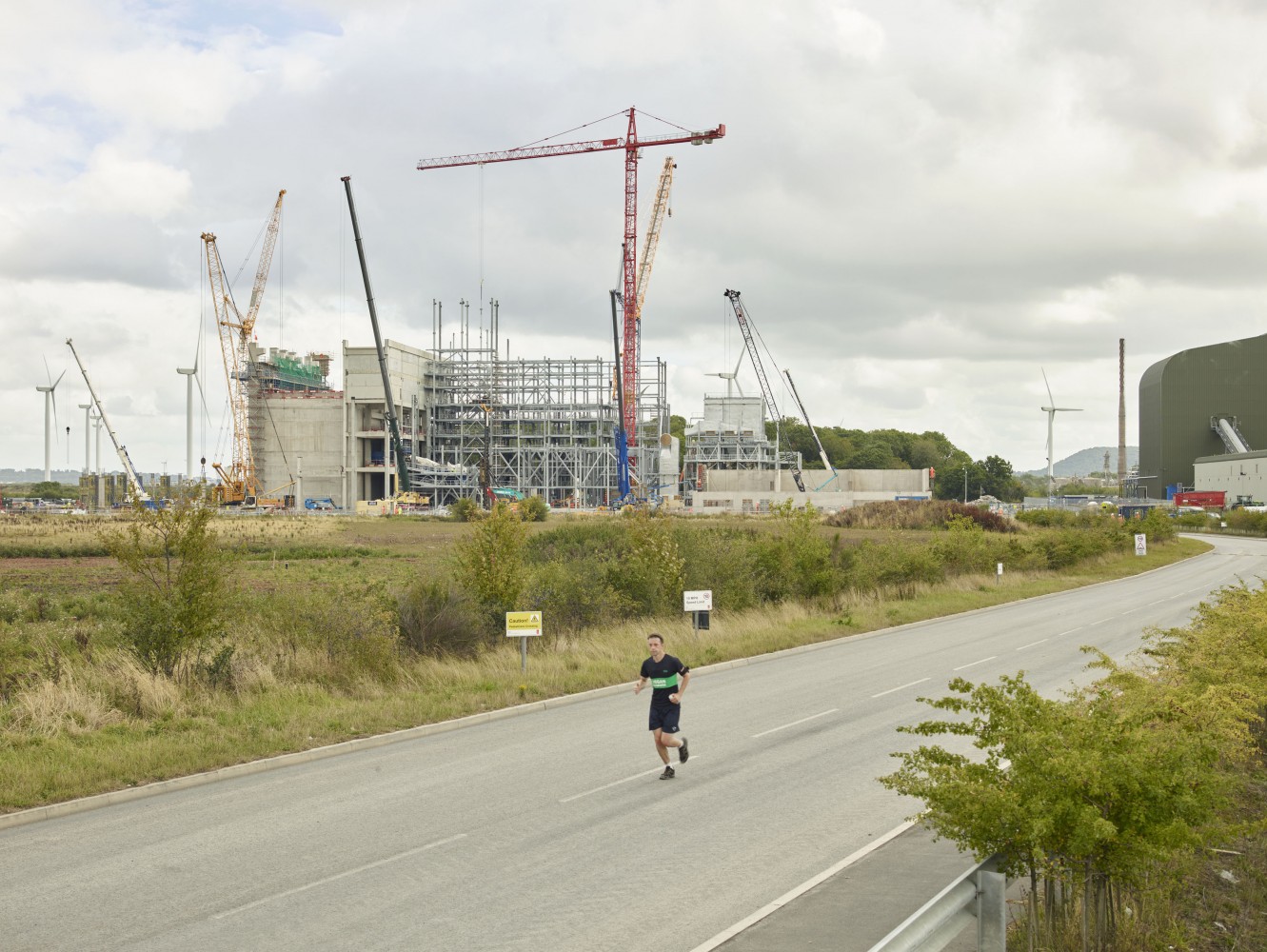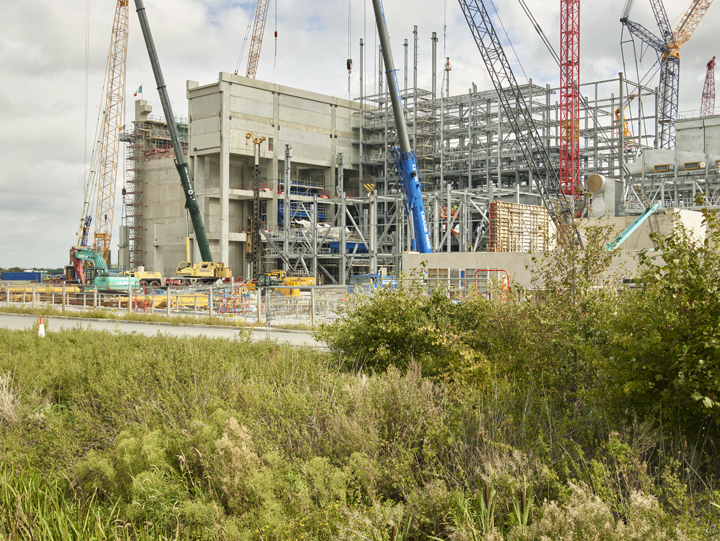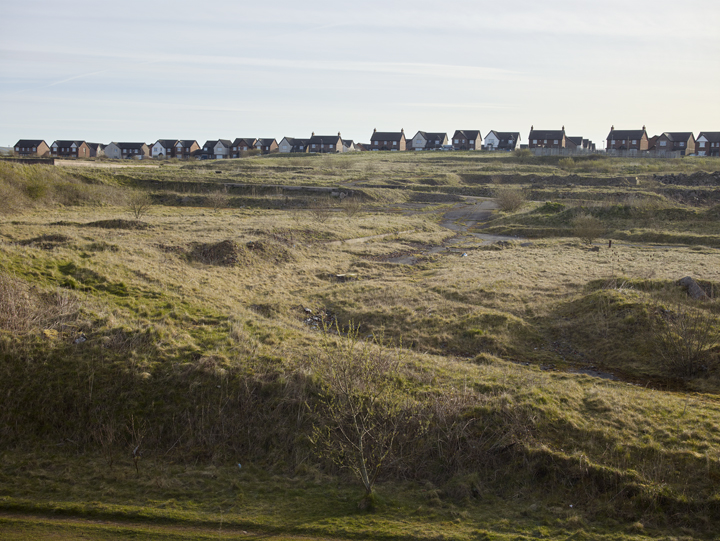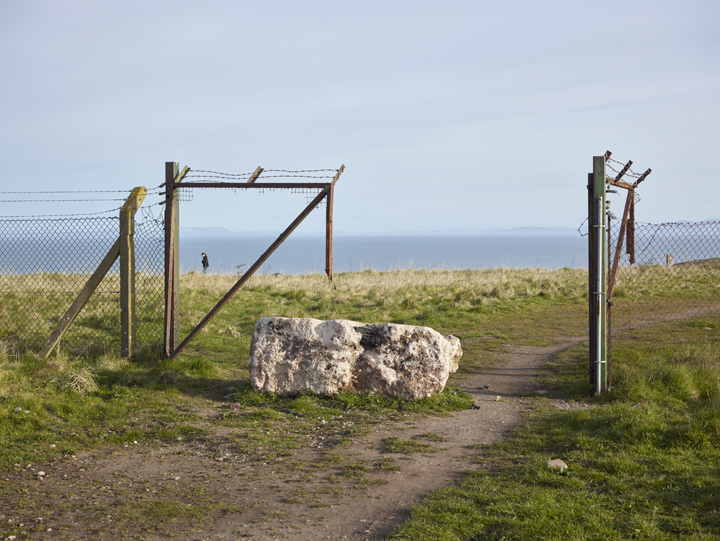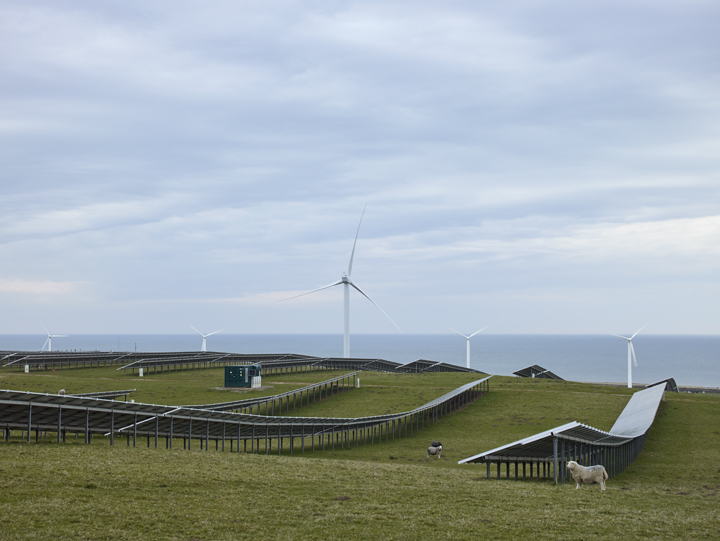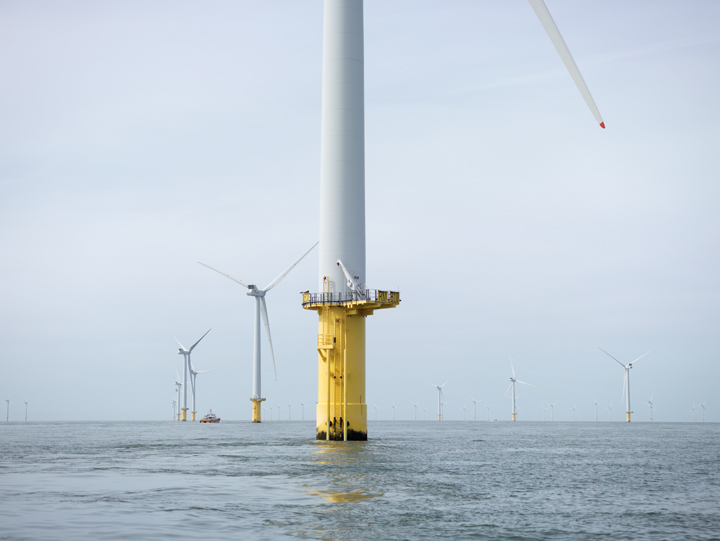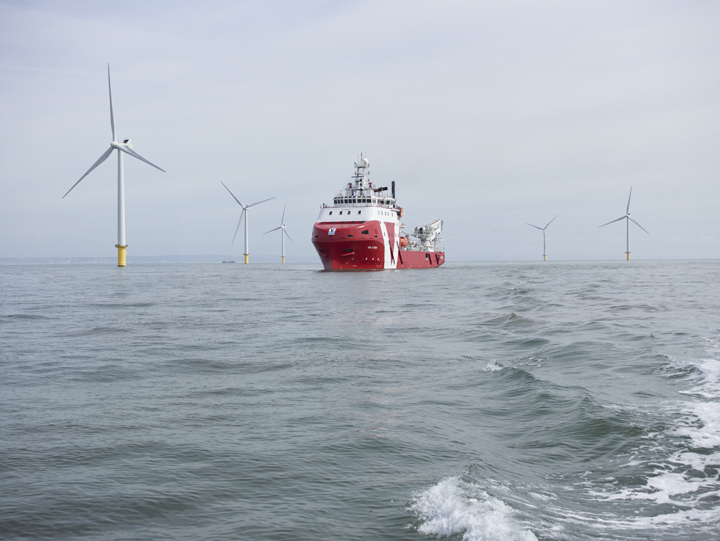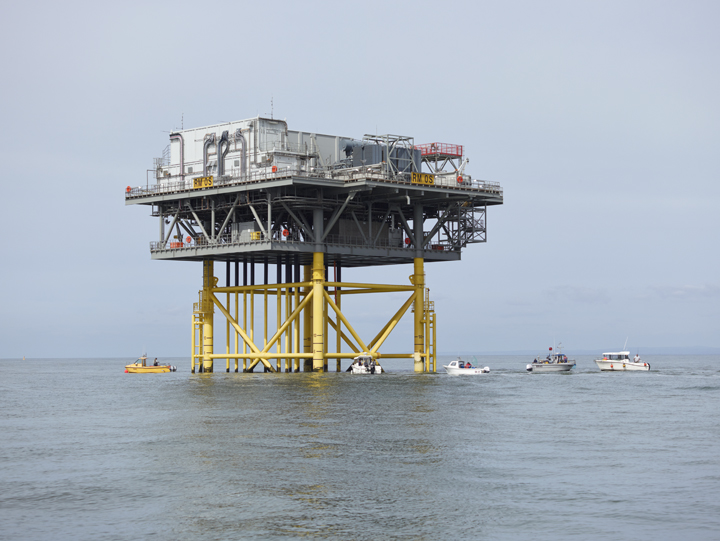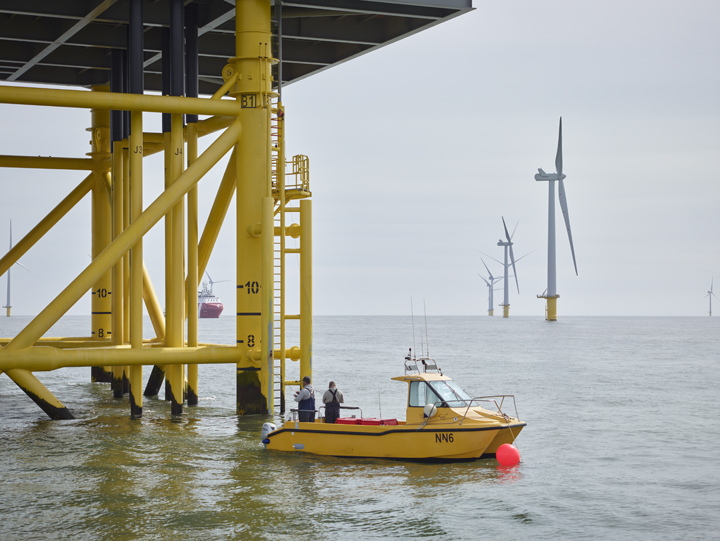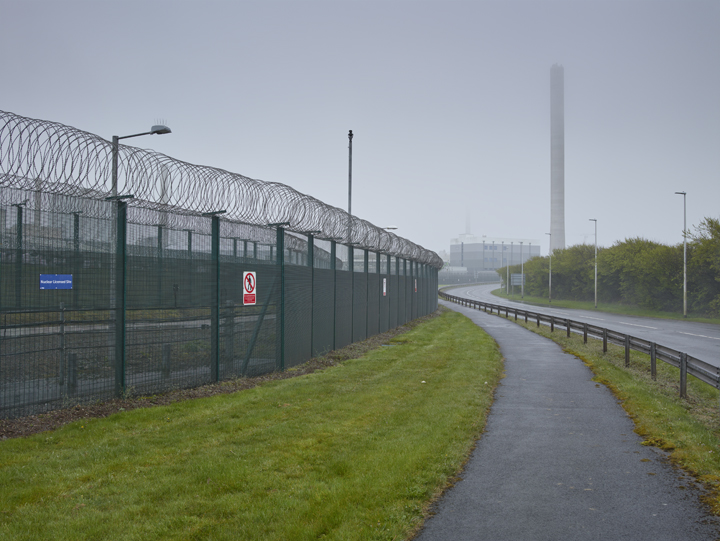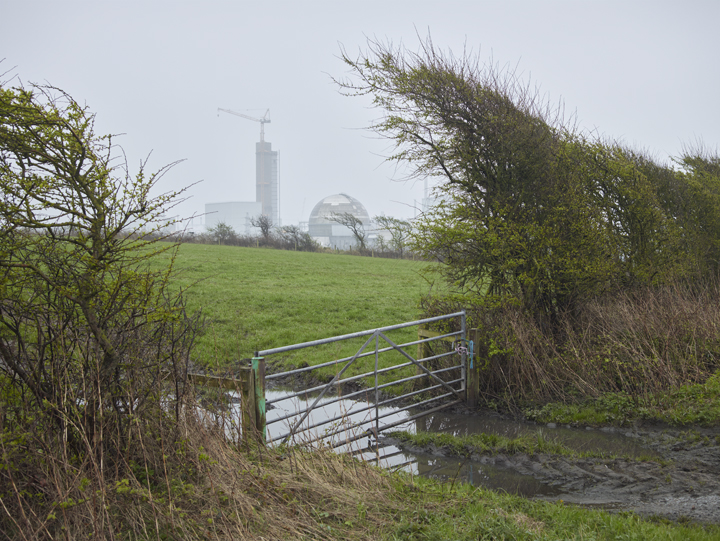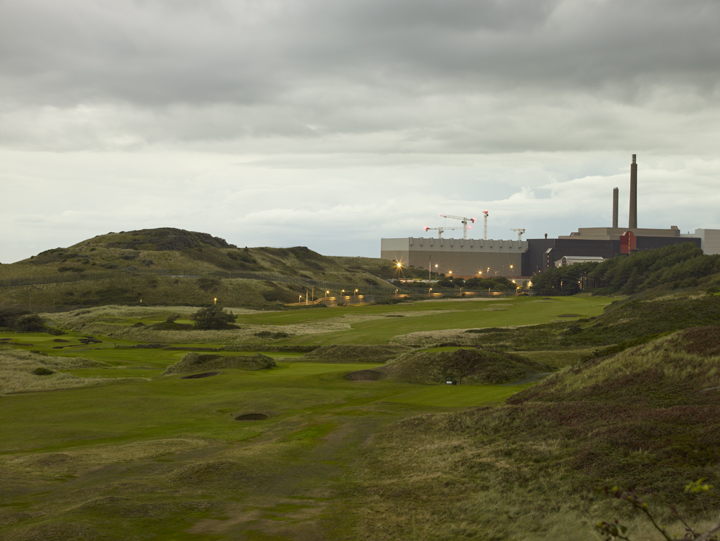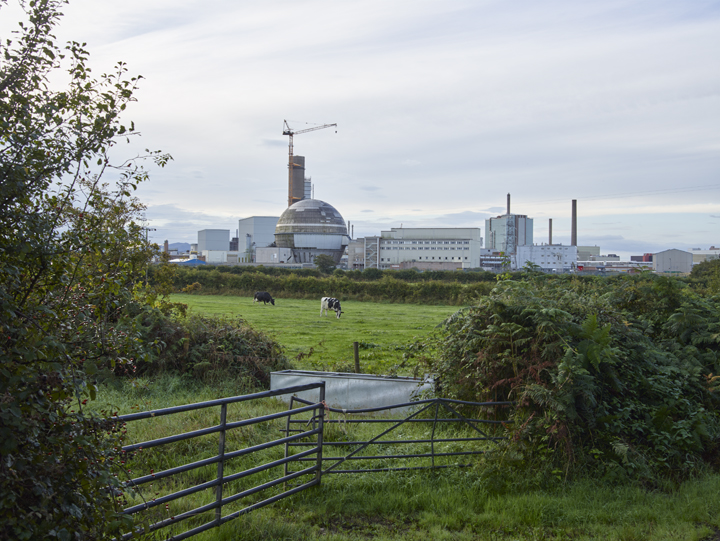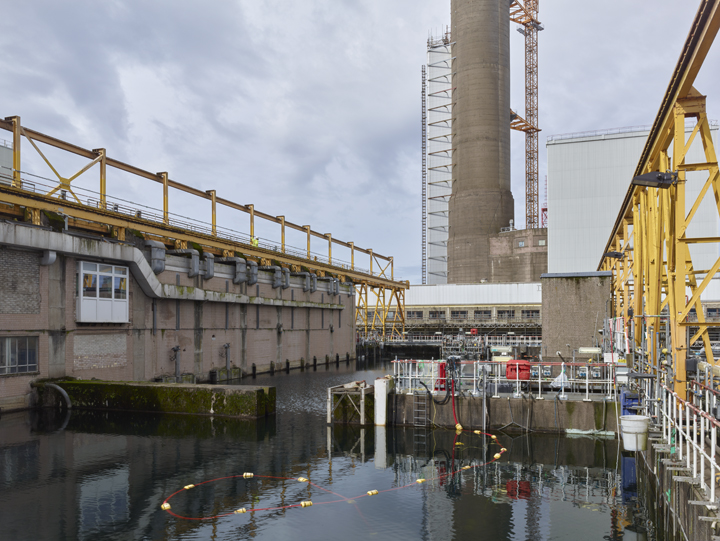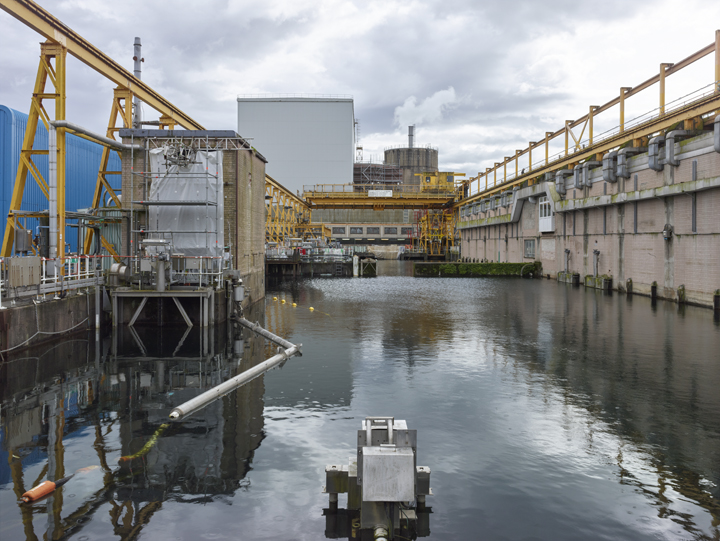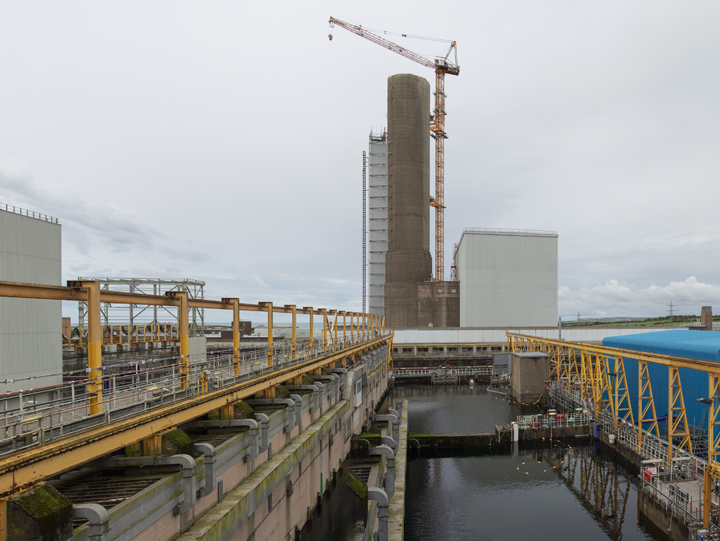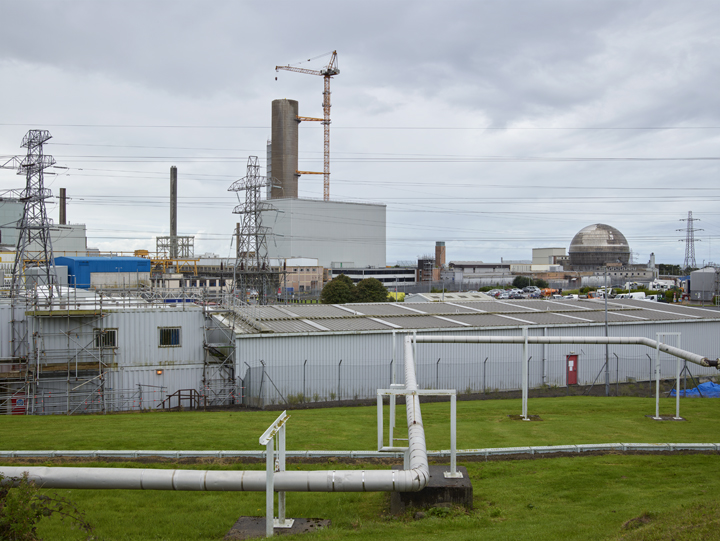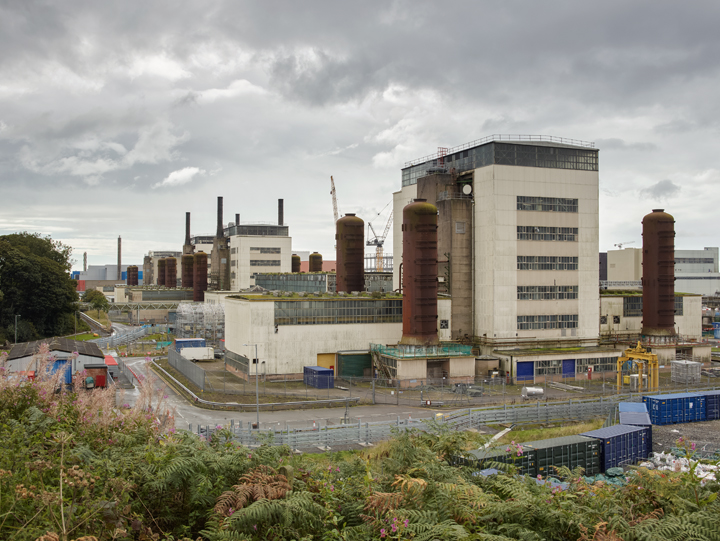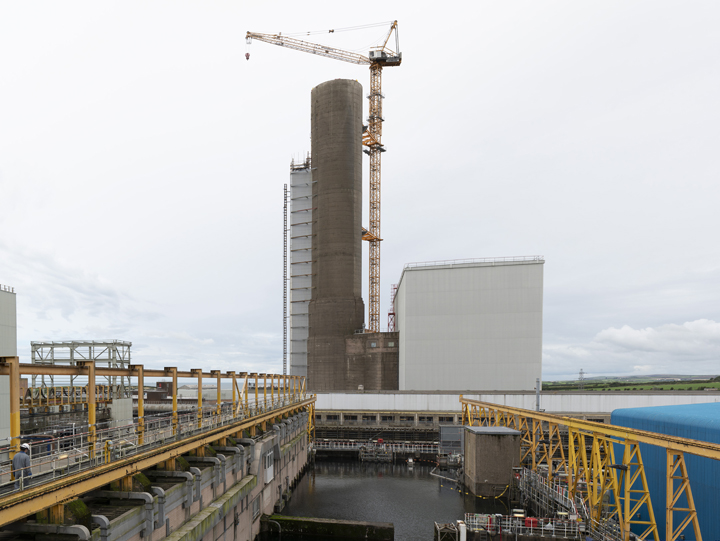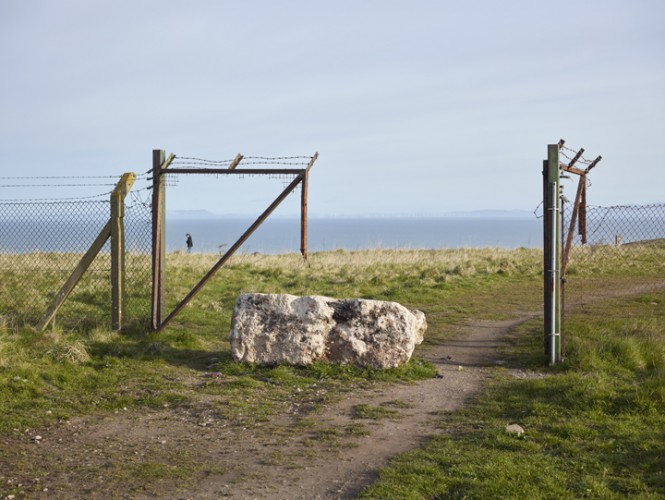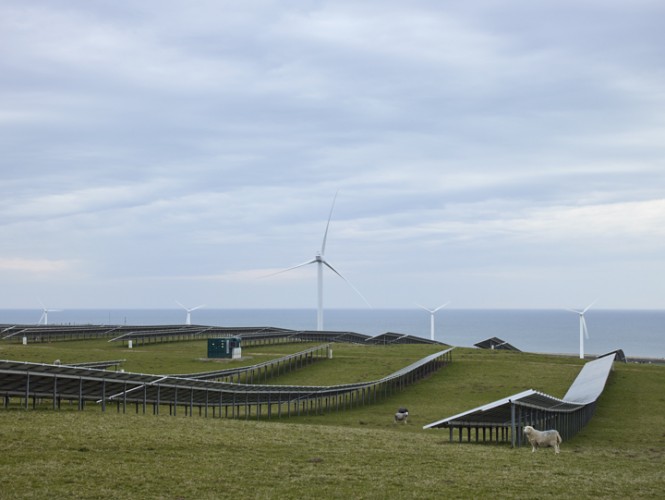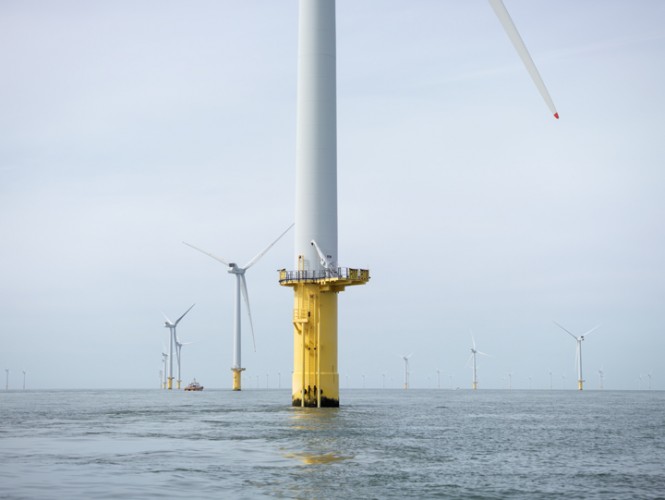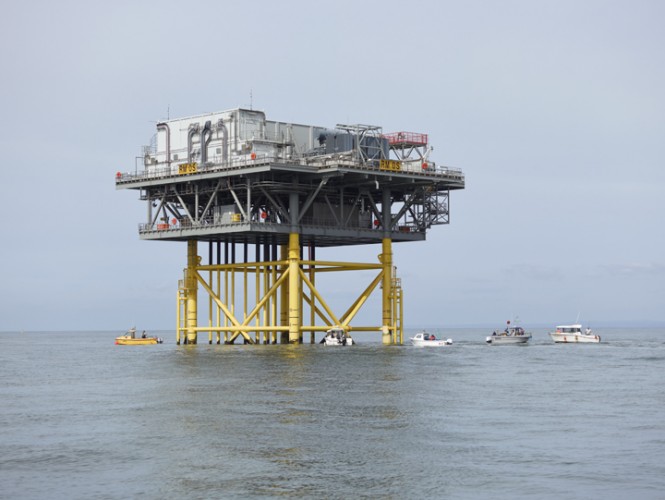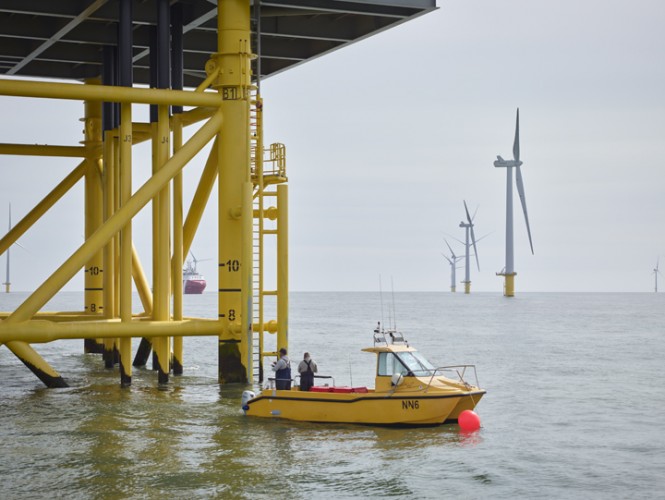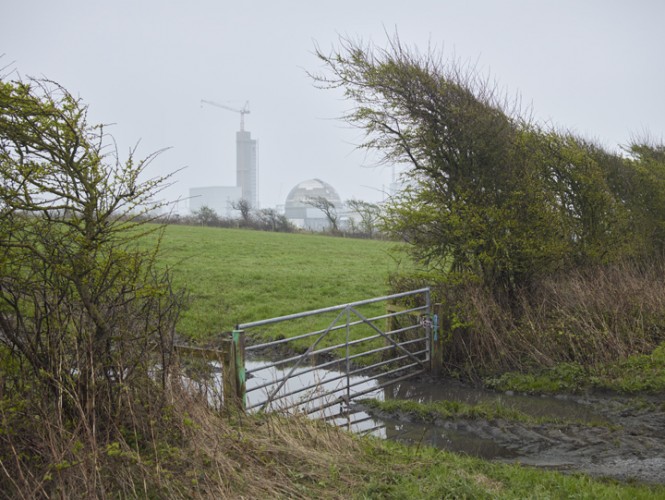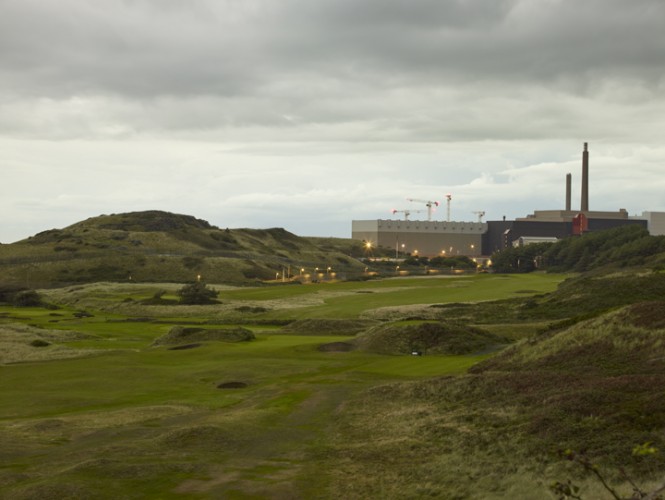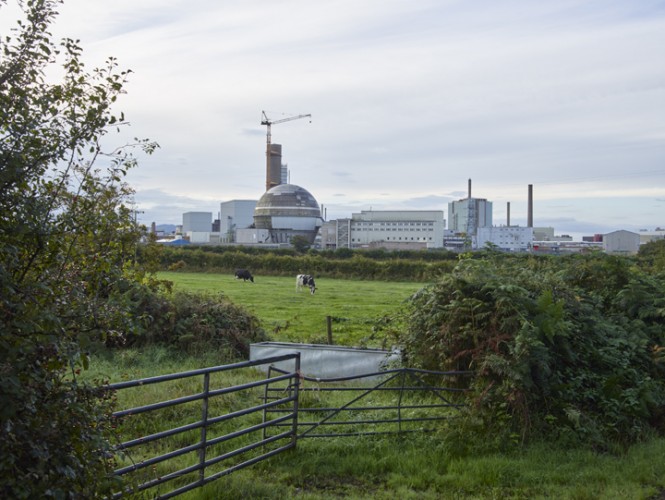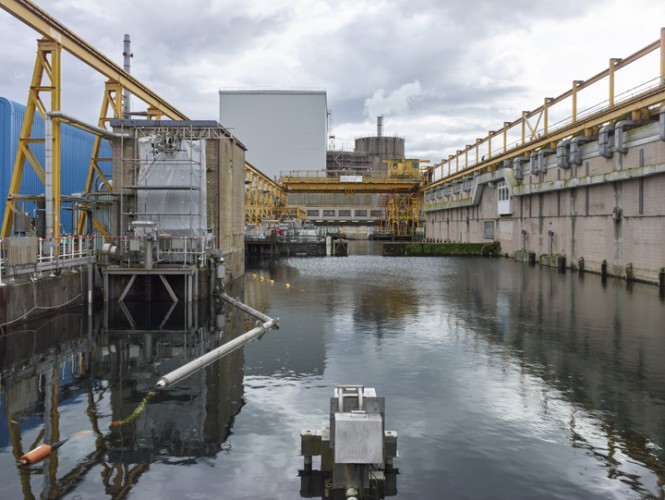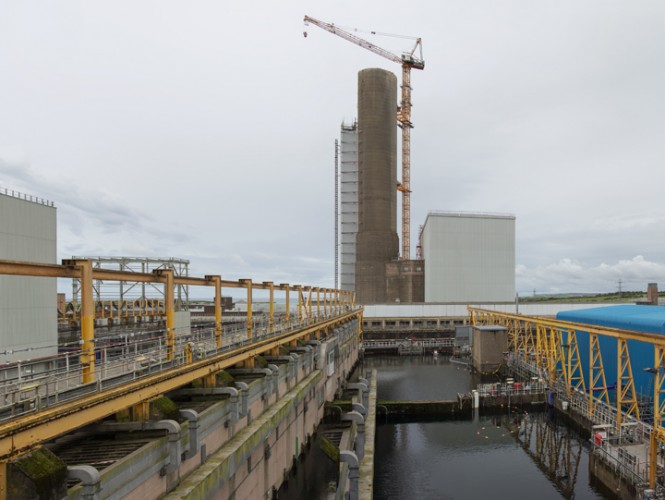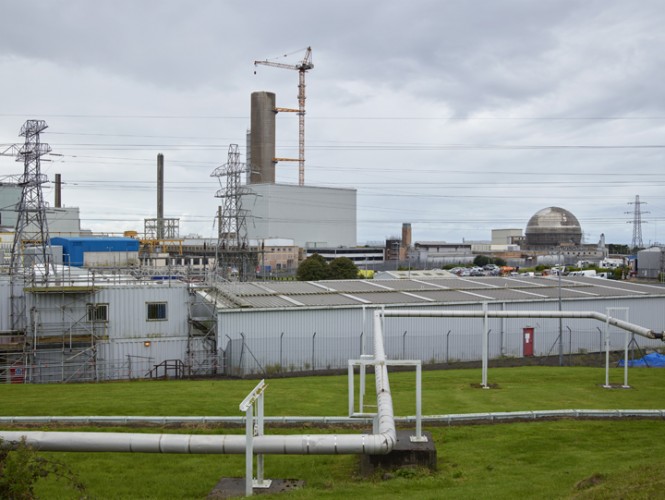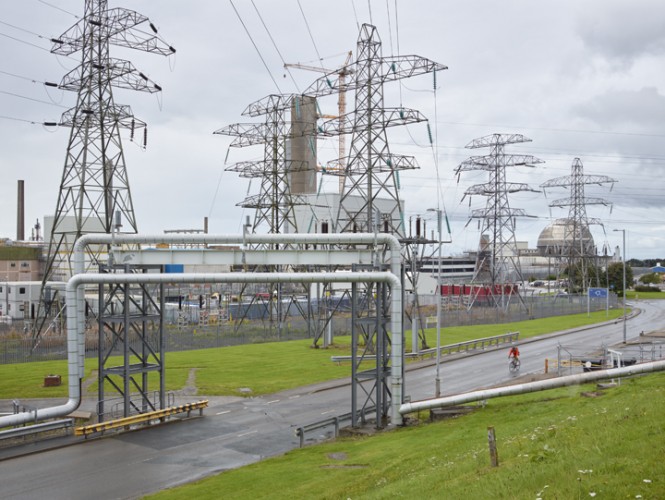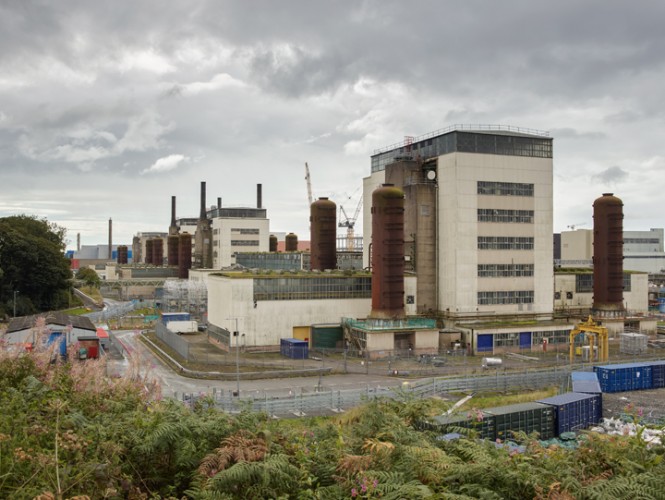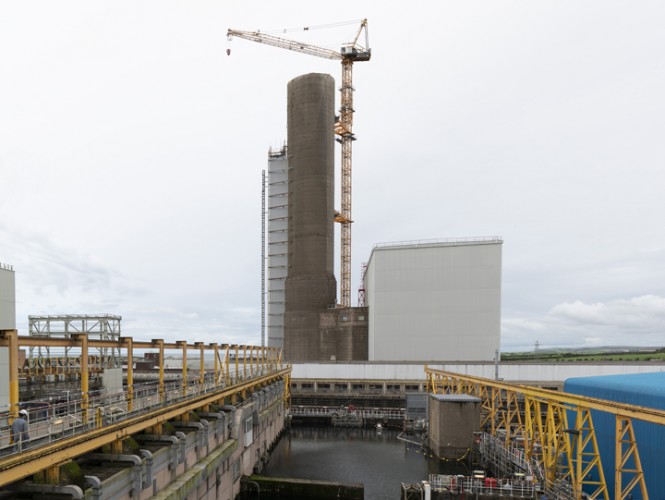The Sellafield compound stands on the shore of the Irish Sea and in the shadow of the Lake District, behind mile upon mile of impenetrable fencing. Sellafield is protected by its own police force, the Civil Nuclear Constabulary (CNC), and its own fire service.There is no other site like Sellafield in the world. It is where many major developments in the 20th century nuclear industry were pioneered.
It is home to:
• the Windscale Piles, which were used to create material for weapons.
• the world’s first commercial-scale nuclear power station – Calder Hall, opened in 1956.
• the world’s first large-scale advanced gas-cooled reactor, opened in 1963.
• nuclear fuel storage ponds and waste silos, built in the 1940s and 1950s.
• nuclear fuel fabrication plants.
• nuclear fuel reprocessing plants.
• a fleet of nuclear waste storage facilities.
Since 1947 there have been nuclear materials on the site at Sellafield in Cumbria in one form or another, first as a part of the British nuclear weapons programme and later as the home of four nuclear reactors for the purpose of generating nuclear energy. Now, after more than half a century of nuclear activity, the site is being decommissioned.Its oldest facilities were built in great haste during the early years of the Cold War with no plans for how they would be decommissioned. Record-keeping in the early days was poor by modern standards, meaning much work has had to be carried out to confirm the nature and state of the material kept in these facilities. There is no blueprint for decommissioning Sellafield’s oldest facilities. Staff and contractors had to come up with ground-breaking engineering projects in order to decommission these one-of-a-kind facilities.
There are four so-called legacy ponds and silo facilities at Sellafield, all containing highly contaminated waste. In March 2015 work began to pump 1,500 cubic metres of radioactive sludge from the First Generation Magnox Storage Pond, enough to fill seven double-decker buses. The clean-up operation is arduous – the Magnox pond isn’t expected to be decommissioned until 2054. It is one of several hugely necessary, and hugely complex, clean-up jobs that must be undertaken at Sellafield.A fire in 1957 at Windscale, as the site was formerly known, was the UK’s worst nuclear accident to date. An EU report in 2001 warned an accident at Sellafield could be worse than Chornobyl, the site of the 1986 disaster in Ukraine that exposed five million Europeans to radiation. Sellafield contains significantly more radioactive material than Chornobyl.It currently costs £3 billion annually to run Sellafield. The overall decommissioning is estimated to cost between £120-150 billion spread across the next 120 years or so.
Words and photos by Simon Roberts
